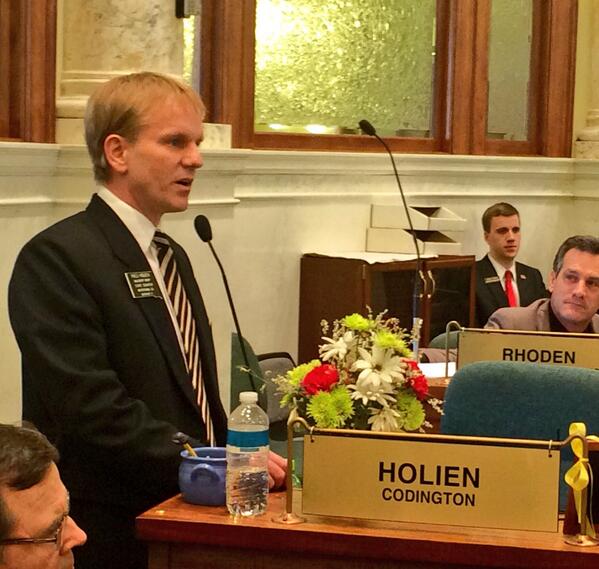US Senator Mike Rounds’ Weekly Column: The American Bison Memorialized as National Icon

 The American Bison Memorialized as National Icon
The American Bison Memorialized as National Icon
By Senator Mike Rounds
Few things symbolize South Dakota and the West better than the American bison. The tough, stoic mammal has played an integral part in the history of North America. While their numbers have dwindled from an estimated 60 million when Columbus landed in America to less than 500,000 today, they remain an important symbol of the American West, including South Dakota. That’s why, in the middle of Senate votes, committee meetings and meetings with constituents, I was pleased to learn the president signed legislation recognizing the bison as the national mammal.
In South Dakota, we learn from a very young age about the role the American bison has played in our state’s history, especially for our Native American citizens. Bison—or Tatanka in the Lakota language – are sacred animals for many Native American tribes. Tribes used nearly every part of the bison for food, shelter, clothing and tools, and expressed their gratitude for the animal through songs, artwork and in their oral storytelling tradition. Additionally, the bison represents the spirit, and the way in which Native Americans lived their lives. So central to Native Americans’ lives were the Tatanka, tribes followed them as they roamed the Great Plains during their migration.
As we all know, the tens of millions of bison roamed freely before settlers came to the West, overhunting them to the brink of extinction in the 1800s. James “Scotty” Philip, a South Dakota settler and rancher, purchased five bison calves from Pete Dupree after one of the last big bison hunts, and is credited with saving them from extinction. He received unclaimed land from the U.S. government along the Missouri River north of Fort Pierre to be used as a buffalo pasture. There Philip was able to grow the herd and help strengthen the diminishing bison population in the United States. Bison from his herd were distributed to State and National Park systems and other wildlife refuges all over the country.
The Bronx Zoo and Yellowstone National Park also cultivated bison herds in dedicated bison preserves in the early 1900s, and released them to the western plains area. They donated 14 bison to Wind Cave National Park in South Dakota, and those bison helped populate more herds across the country. Today, conservation efforts continue. The InterTribal Buffalo Council, founded in 1991 in the Black Hills, led an effort to repopulate the bison herds. Made up of 58 tribes in 19 states, the InterTribal Buffalo Council continues to work toward reestablishing buffalo herds on Indian lands.
Today, there are more bison in South Dakota than any other state. The 2012 U.S. Census of Agriculture estimated more than 33,000 roaming throughout our state. Additionally, Custer State Park is home to one of the largest publicly-owned herds in the world at approximately 1,300 heads. This is the herd that is vaccinated, branded and checked on each year at the famous Buffalo Roundup that takes place annually. People from all over the world flock to our state to get a glimpse of these majestic mammals.
The bison is an inspiring symbol of America’s strength and resilience, and is revered as sacred by many Native American tribes, whose rich culture and history plays such an important role in South Dakota. It is fitting and appropriate that the bison be adopted as the national mammal of the United States. I’m pleased to see the bison join the American Bald Eagle—which can often be seen nesting in South Dakota—as one of our national symbols.
###


 Addressing the Opioid Epidemic
Addressing the Opioid Epidemic
 A New Addition To Peter Norbeck’s Park
A New Addition To Peter Norbeck’s Park
 Attorney General Jackley’s Response to President Obama’s School Bathroom Mandate
Attorney General Jackley’s Response to President Obama’s School Bathroom Mandate



